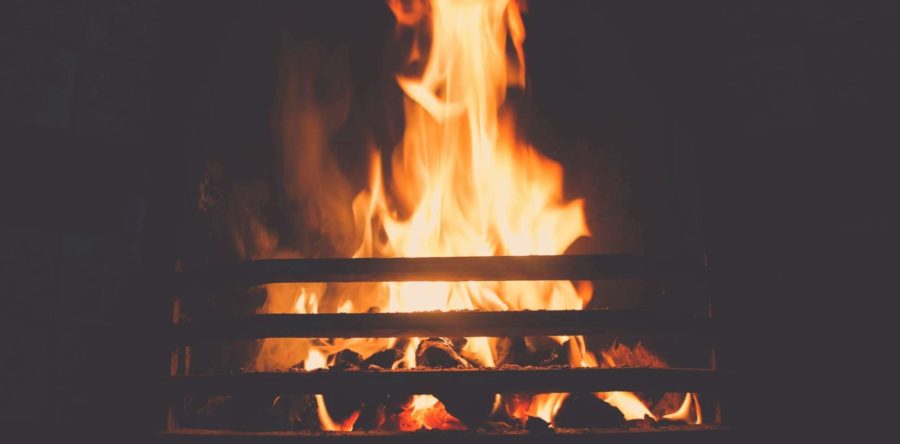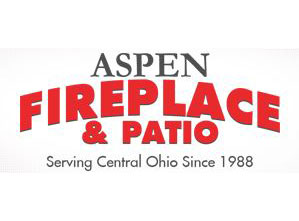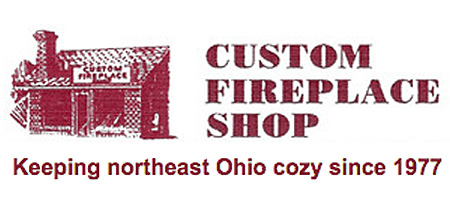You’re yearning to settle in on your couch beside a roaring fire but, for some reason, you can’t get a good blaze going. If you’ve ruled out reasons one through five in Part 1 of our series, you might be able to find the answer in this list. Whether you’ve got a wood fireplace that’s smoking instead of burning or a gas fireplace that won’t light, most likely one of these reasons is the cause.
Your Gas Valve does not work
In a gas fireplace, a properly functioning thermocouple is essential. Even a small amount of dust or soot on the thermocouple can prevent your gas valve from releasing enough gas to ignite the burner. If it is dusty, you can carefully brush of the dust or soot, gently, to make sure you do not break the thermocouple.
Your Gas Supply is Off
For homeowners with a gas fireplace that isn’t working the solution may be as simple as verifying of the gas supply is on. Usually, the gas supply is controlled by a valve on the outside wall or on the propane tank. Be sure it is in the on position. If you know that the gas line is open, it would be wise to contact your gas supply company.
Your Chimney is Too Short
Having a chimney too short can lead to a back draft which might blow smoke back into your home. It may even enable a powerful gust to put out that fire you’re trying to light.
Direct-vent gas fireplaces are much less sensitive to back drafts when they are vented with a rise. Ideally, the venting should rise about 2 to 3 feet before it goes out through the wall.
A wood burning fireplace’s chimney needs to be at least 12 feet high to function properly. It should be 2 feet higher than any trees or buildings within 10 feet of it and must rise 3 feet above the roof line.
If your chimney is too short, you can either extend it or install a motorized draft inducer on it. Note that the latter option is more expensive and may not be allowed in your local building code.
You Do Not Have Enough Draft
Having a home that is too drafty or not drafty enough can make it hard for a fire to burn well. If you have a house with scanty insulation and poor weather-stripping, especially one with multiple stories, the draft created by the air leaking into your home may overpower your fireplace. Having your windows tightly shut and keeping your attic door closed can help reduce the draft so that you are able to get a good blaze going.
Conversely, if your home is very airtight, your fire may struggle to keep burning because of a lack of air. Fires need to draw a large volume of air from your living area to burn. Modern weather-stripping and efficient insulation might create a poor draft. This can cause your fire to burn sluggishly and can endanger your family by causing poisonous carbon monoxide gas to build up in your fireplace and push it be pushed into your home by a reverse draft. Opening up a window should only be a temporary solution only.You must absolutely call a professional who will fix the problem. Carbon monoxide poisoning is the leading cause of death due to poisoning in the United States. It must be taken very seriously.










